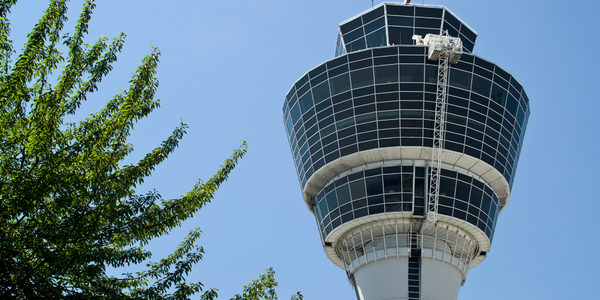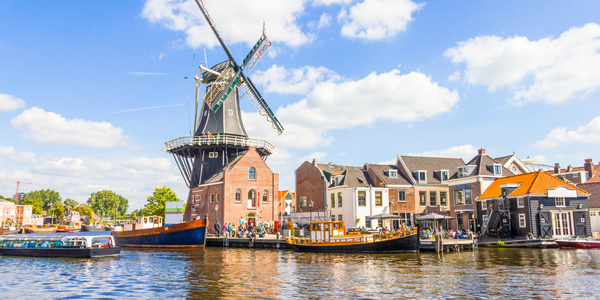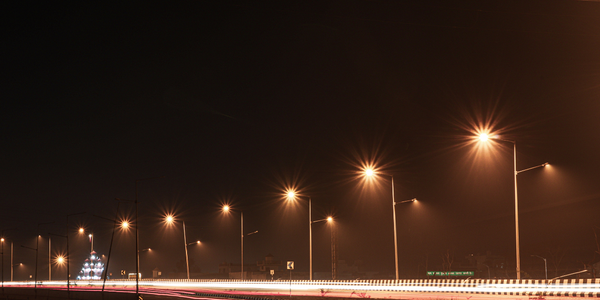Customer Company Size
Large Corporate
Region
- Asia
Country
- China
Product
- ICONICS GraphWorX™32
- ICONICS GENESIS32™
Tech Stack
- SCADA
- OPC
- XML
- VBA
Implementation Scale
- Enterprise-wide Deployment
Impact Metrics
- Productivity Improvements
- Digital Expertise
Technology Category
- Application Infrastructure & Middleware - Data Exchange & Integration
Applicable Industries
- Transportation
- Cities & Municipalities
Applicable Functions
- Logistics & Transportation
Use Cases
- Public Transportation Management
- Real-Time Location System (RTLS)
- Traffic Monitoring
Services
- System Integration
About The Customer
The Beijing Traffic Control Center (BTCC) is a major transportation hub in Beijing, the capital of China. The city has a population of over 18 million people and is the host city for the 2008 Summer Olympics. The BTCC was established to monitor a network of Operational Control Centers for the various rail lines operating in the country. The project was mainly developed and deployed under the supervision of Singapore Technologies Engineering Ltd. (ST Engineering), one of the largest listed companies on the Singapore Stock Exchange, with a presence in 35 countries around the world.
The Challenge
Beijing, the capital of China, is a major transportation hub with a population of over 18 million people. The city's traffic control center, BTCC, was established to monitor a network of Operational Control Centers for the various rail lines operating in the country. The project was mainly developed and deployed under the supervision of Singapore Technologies Engineering Ltd. (ST Engineering), one of the largest listed companies on the Singapore Stock Exchange. The project requirement was to integrate various systems, with emphasis on having a unified user interface linked to real-time information. These systems include SCADA, operator information, CCTV, passenger information, decision support and incident evaluation.
The Solution
BTCC is using ICONICS GraphWorX™32, part of ICONICS GENESIS32™ HMI/SCADA suite to provide a unified user interface within the monitoring and control center. A total of 50 operator stations are networked together to help monitor the traffic network. The completed system is linked to receive real-time information from various Operational Control Centers of various rail network lines, while the operators at BTCC are able to share the rail line data, rail line videos and reports. The completed system provides a link to an Incident Evaluation System that triggers automatic or semiautomatic plans based on certain incidents. The operators generate various reports by following workflow guidance by the system and forward the reports to the BTCC Database. A Decision Support Database system is also available to the operators, to quickly search and retrieve supporting documents for operational work. A connected CCTV system channels live images from train stations to the Operational Control Centers as well as to BTCC operators. Since the Passenger Information System is also integrated, any emergency information can be quickly relayed to affected line passengers and to other lines for general updates.
Operational Impact
Quantitative Benefit

Case Study missing?
Start adding your own!
Register with your work email and create a new case study profile for your business.
Related Case Studies.

Case Study
Turning A Stadium Into A Smart Building
Honeywell created what it called the “intelligent system” for the National Stadium in Beijing, China, turning the venue for the opening and closing events at the 2008 Summer Olympics into a “smart building.” Designed by highly controversial artist Ai Weiwei, the “Bird’s Nest” remains one of the most impressive feats of stadium architecture in the world. The 250,000 square meter structure housed more than 100,000 athletes and spectators at a time. To accommodate such capacity, China turned to Honeywell’s EBI Integrated Building Management System to create an integrated “intelligent system” for improved building security, safety and energy efficiency.
.png)
Case Study
Smart Street Light Network (Copenhagen)
Key stakeholders are taking a comprehensive approach to rethinking smart city innovation. City leaders have collaborated through partnerships involving government, research institutions and solution providers. The Copenhagen Solutions Lab is one of the leading organizations at the forefront of this movement. By bringing together manufacturers with municipal buyers, the Copenhagen Solutions Lab has catalyzed the development and deployment of next-generation smart city innovations. Copenhagen is leveraging this unique approach to accelerate the implementation of smart city solutions. One of the primary focus areas is LED street lighting.

Case Study
Airport SCADA Systems Improve Service Levels
Modern airports are one of the busiest environments on Earth and rely on process automation equipment to ensure service operators achieve their KPIs. Increasingly airport SCADA systems are being used to control all aspects of the operation and associated facilities. This is because unplanned system downtime can cost dearly, both in terms of reduced revenues and the associated loss of customer satisfaction due to inevitable travel inconvenience and disruption.

Case Study
IoT-based Fleet Intelligence Innovation
Speed to market is precious for DRVR, a rapidly growing start-up company. With a business model dependent on reliable mobile data, managers were spending their lives trying to negotiate data roaming deals with mobile network operators in different countries. And, even then, service quality was a constant concern.

Case Study
Buoy Status Monitoring with LoRa
The Netherlands are well-known for their inland waterways, canals, sluices and of course port activities. The Dutch Ministry of Infrastructure indicates that there are thousands of buoys and fixed items in and near water environments that would profit from IoT monitoring. One of the problems with buoys for example, is that they get hit by ships and the anchor cable breaks. Without connectivity, it takes quite some time to find out that something has happened with that buoy. Not to mention the costs of renting a boat to go to the buoy to fix it. Another important issue, is that there is no real-time monitoring of the buoys at this moment. Only by physically visiting the object on the water, one gains insight in its status.







